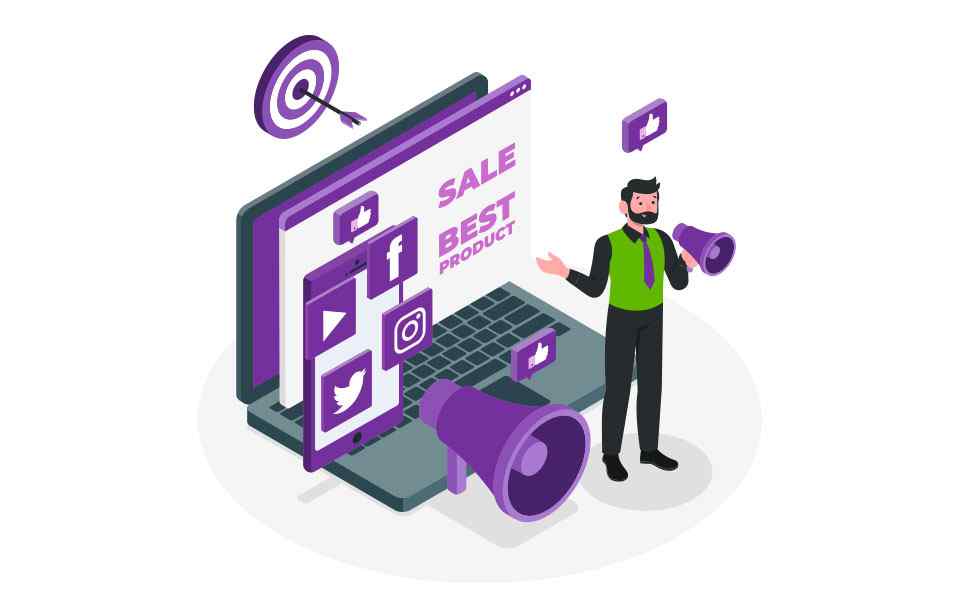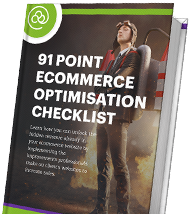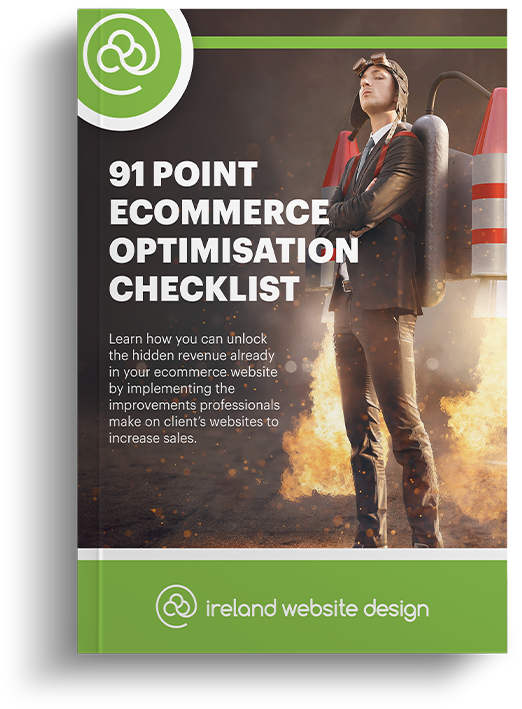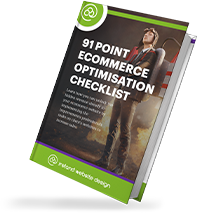What makes a successful marketing campaign? One that converts!
A simple answer, but getting a marketing campaign to actually do this is far more difficult. In order to get those casual browsers converting into loyal customers, your marketing strategy needs to be specific to their wants and responsive to their needs. Thanks to extensive monitoring tools and statistical reporting, it’s getting easier and easier to know what works and what doesn’t work.
The key to a successful digital marketing strategy can be split into 5 simple steps.
Step 1: The ‘strategy’ in digital marketing strategy
If you’re trying to sell a product or a service, you need to understand your client completely. When you approach a company for online marketing services, make sure they do the research. They should be asking you in-depth questions about your company, your industry, and your goals. You should be setting KPIs (Key Performance Indicators) together – set measurements that dictate how successful the overall campaign has been – that you will continue to refer back to throughout your work together.
Step 2: Market research – who are your customers?
Working with your online marketing company, you should figure out who your target audience is and how your company solves (at least) one of their pain points. Once you’ve figured out who you’re trying to promote your company to, you need to find out where they are online. One of the most popular places to advertise online is on social media. Which channel(s) you choose is up to what platforms your target audience prefer: Facebook and Twitter are popular with Millenials; Pinterest is popular with women between the ages of 30 and 55; LinkedIn is exclusively for professionals; Tumblr, Instagram, and Snapchat are typically popular with tech-savvy people under 25 years old.
A/B testing is your best friend when it comes to figuring out what works best – remember, you want to convert a customer for the lowest cost possible. Extra bonus: the results of the A/B testing can be used for future campaigns and business development.
Step 3: Landing pages and lead magnets
At Ireland Website Design, we absolutely love landing pages and lead magnets. When implemented correctly they can convert amazingly well. Stick to the old adage: Keep It Simple. You want your visitors to convert quickly and easily – don’t distract them with a long-winded copy or excessive graphics. Within the first five seconds of your landing page loading on their browser, your visitor should see: your unique selling proposition (how you can solve their problem); a photo of your product/service in use and helping someone; clearly stated benefits of using your product/service; trustworthy reviews and finally a persuasive call to action. What do potential customers/clients ask you before completing their purchase with you? Answer these questions here – remove any possible obstacle to them completing their purchase/sending their contact details to you.
Step 4: Show your appreciation
Make your customer feel appreciated and valued. A lot of companies opt for a thank you page/pop-up after the visitor has completed the conversion goal. Keep the communication channels open and keep them engaging with your brand. You could try linking them to other products, your social media accounts, or to reviews from other happy customers.
Step 5: Repeat, repeat, repeat
We’ll keep saying this as it’s incredibly important – you have to keep going over your strategy. Rely on your stats to see what is converting and what isn’t. Keep optimizing and evolving your campaign strategy – the online world is fast-paced and what might have worked last week may not be working today.
By sticking to these 5 steps, you can create a successful marketing campaign that’s cost-effective and brings a high return on investment.
If you’d like a free consultation with one of our digital strategists, get in touch via email at info@irelandwebsitedesign.com or give us a call on 051-393524




